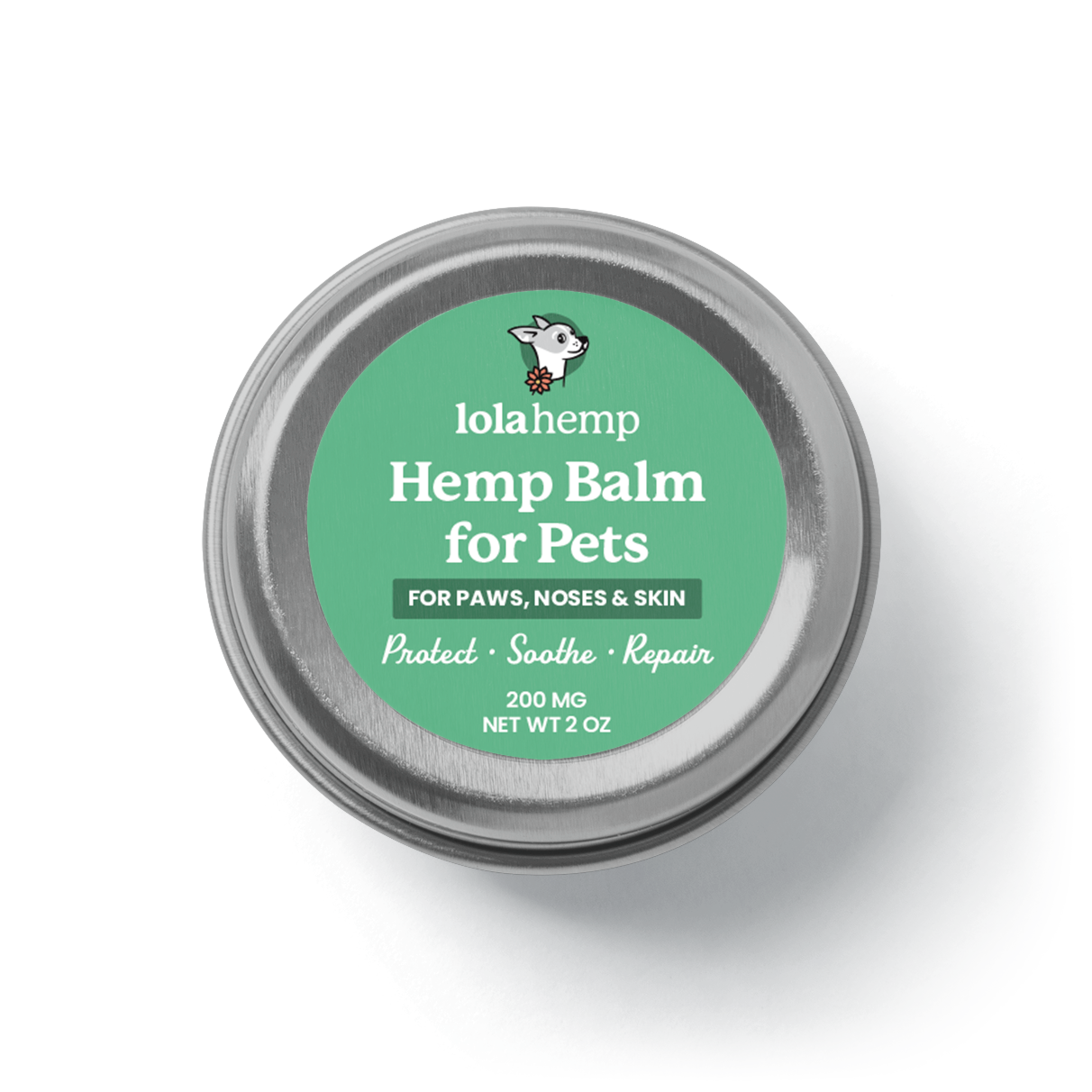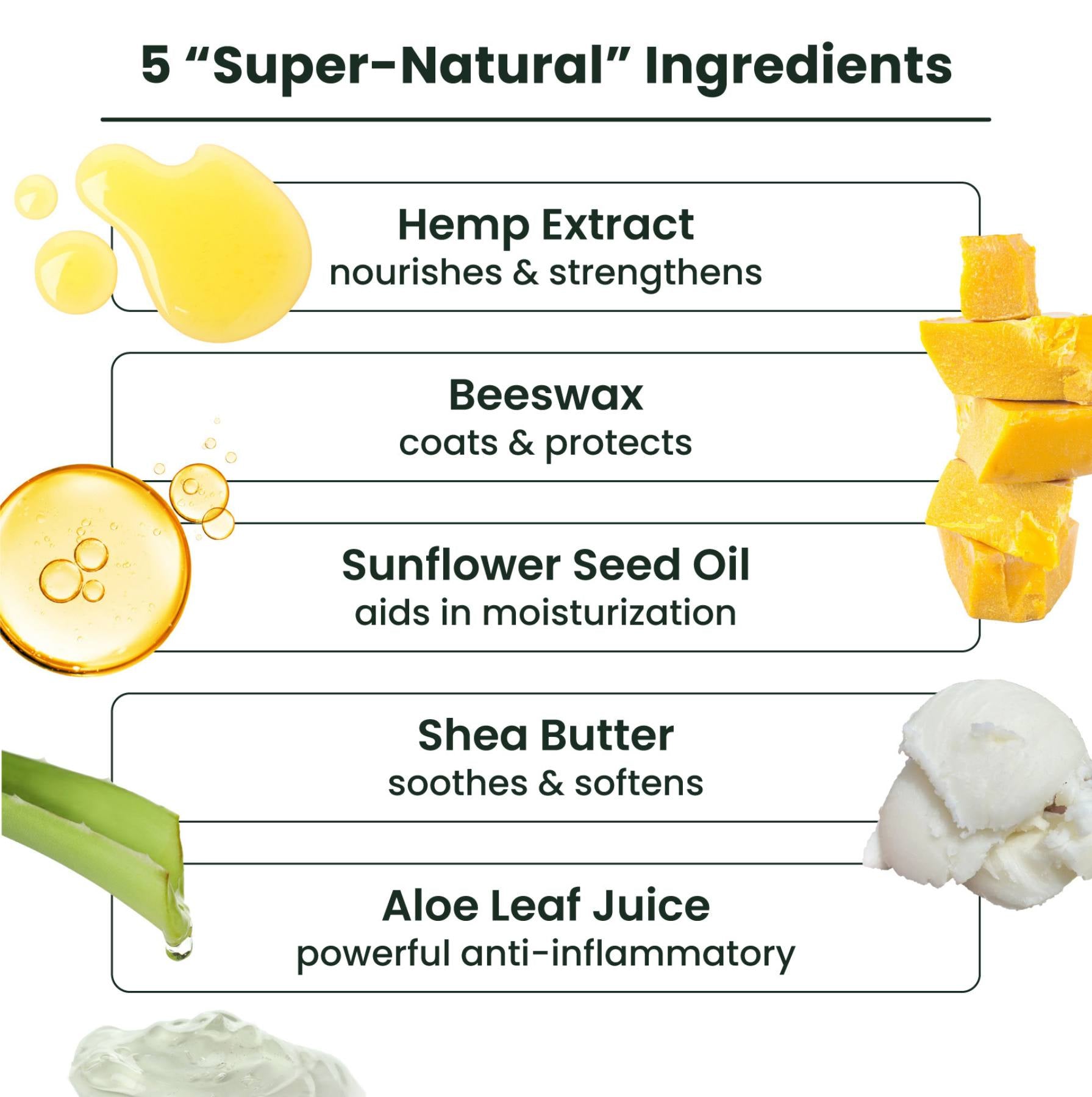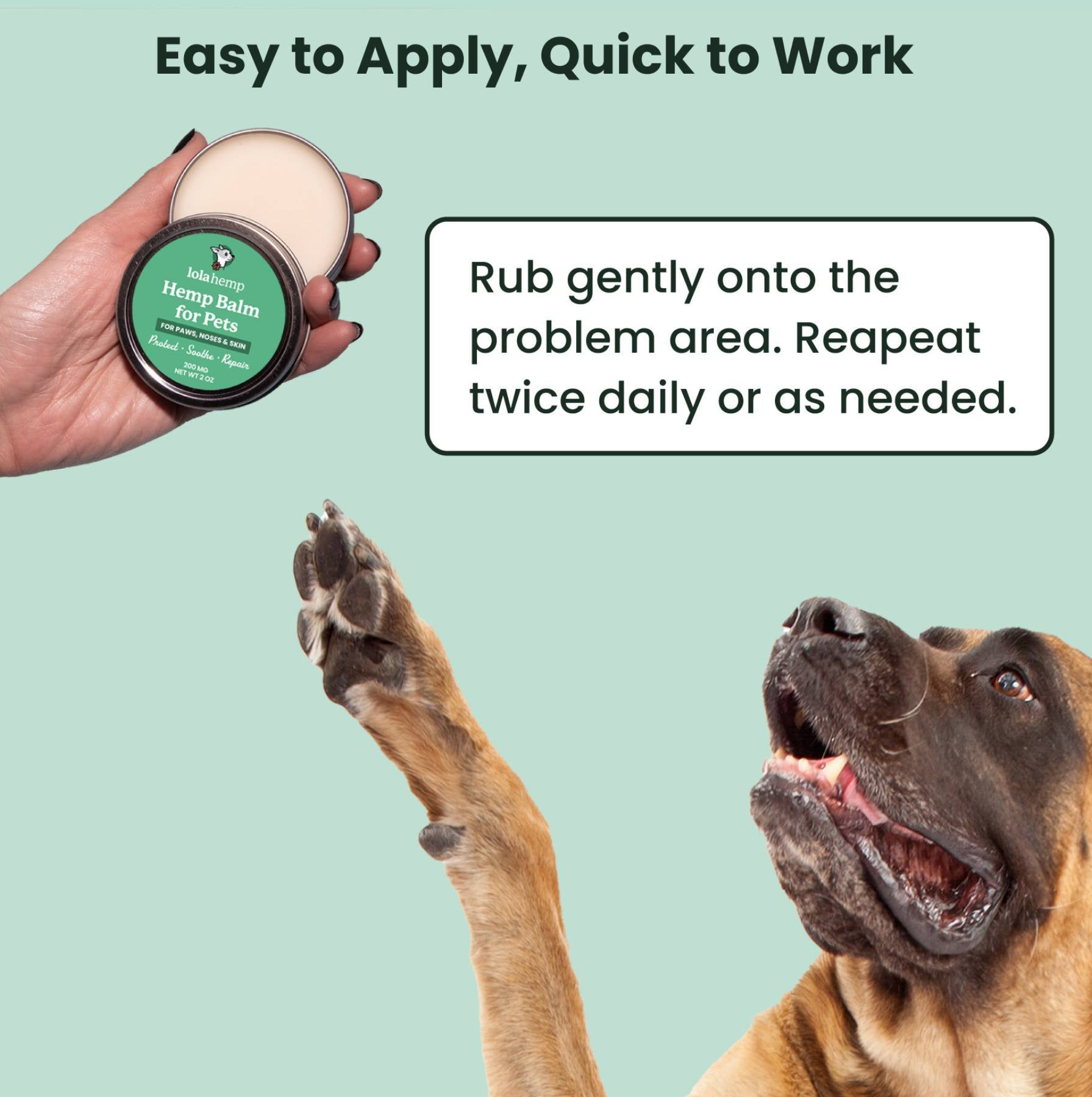Caring for dogs with skin allergies is no easy task, as you may already know. It's hard to see your dog struggle with uncomfortable skin, and there's a lot required of pet parents who want to keep their dogs' allergic dermatitis (skin allergies) under control.
Most allergies in dogs manifest themselves on the skin, especially those that are environmental or food-related. Allergies, other canine skin conditions, and their symptoms often overlap and create a vicious cycle.
When it comes to skin allergies in dogs, the important thing to know is that symptoms can always be treated to some degree, and your dog's allergies don't have to seriously lessen their quality of life when managed properly.
- How to Know if Your Dog Has a Skin Allergy
- How to Help Canine Skin Allergies at Home
- Keeping Your Dog Comfortable at Home
- How Your Vet Can Help
- Strengthening Your Dog's Immune System
- Final Thoughts: Managing Your Dog's Skin Allergies for a Happier Pet
- Frequently Asked Questions About Dog Skin Allergies and Home Remedies
How to Know if Your Dog Has a Skin Allergy
- Scooting (to relieve discomfort near the anal gland)
- Rolling or Rubbing on Back (to relieve itching)
- Watery Eyes (airborne allergens irritate the tear ducts)
- Redness around Eyes or Muzzle
- Licking Paws or Limbs (most often from walking on allergens)
- Localized Bumps
- Hair Loss
- Ear Infections, Head Shaking
- Scratching or Chewing on Skin
If your dog shows these symptoms persistently, visit your veterinarian to determine the allergen or underlying condition.
How to Help Canine Skin Allergies at Home
1. Use a Comprehensive Allergy Elimination Plan
Start by addressing dietary allergens, then environmental ones. Use an elimination diet with novel proteins like rabbit or duck and alternative carbs like barley or rice for 6–8 weeks. Avoid common allergens like beef, chicken, eggs, and wheat.
Environmental Control Tips
- Track pollen levels and limit outdoor time during spikes.
- Wipe paws and belly after walks.
- Bathe 1–2 times weekly with hypoallergenic shampoo.
- Use an air purifier indoors.
2. Reintroduce Allergens Intentionally
After symptoms subside, reintroduce potential allergens in this order: carbohydrates → proteins → outdoor exposure → high-pollen walks. Track symptoms closely to pinpoint causes.
Keeping Your Dog Comfortable at Home
Use a cone and paw booties to prevent licking or scratching. Apply a soothing balm or ointment to irritated areas and bathe regularly with gentle shampoos.
How Your Vet Can Help
Your veterinarian may prescribe steroids, Apoquel, Cytopoint, or antibiotics if infections develop. They can also recommend medicated shampoos and guide you through an elimination process.
Strengthening Your Dog's Immune System
- Omega-3s: Support a balanced inflammatory response
- Probiotics: Aid gut health and food sensitivity control
- Medicinal Mushrooms: (reishi, turkey tail, lion's mane) Support immune modulation
Final Thoughts: Managing Your Dog's Skin Allergies for a Happier Pet
Managing dog skin allergies takes consistency, patience, and observation. Through elimination diets, environmental control, and proper skin care, you can dramatically improve your dog’s comfort and quality of life.
Frequently Asked Questions About Dog Skin Allergies and Home Remedies
1. What are common signs of skin allergies in dogs?
Frequent scratching, licking paws, redness, hair loss, and ear infections are typical indicators of allergic skin reactions.
2. Can diet changes help with dog skin allergies?
Yes. Elimination diets using novel proteins like rabbit or salmon and alternative carbs like rice can help identify food triggers.
3. How long does it take to see improvement with elimination diets?
Most dogs show noticeable improvement within 4–8 weeks of consistent allergen elimination.
4. What home remedies help relieve itching and irritation?
Regular baths with hypoallergenic shampoo, paw wiping, and topical balms can help soothe irritated skin and reduce itching.
5. When should I see a vet for my dog’s skin allergies?
If your dog’s itching, redness, or licking persists or worsens after trying home remedies, consult your veterinarian for medical treatment options.









